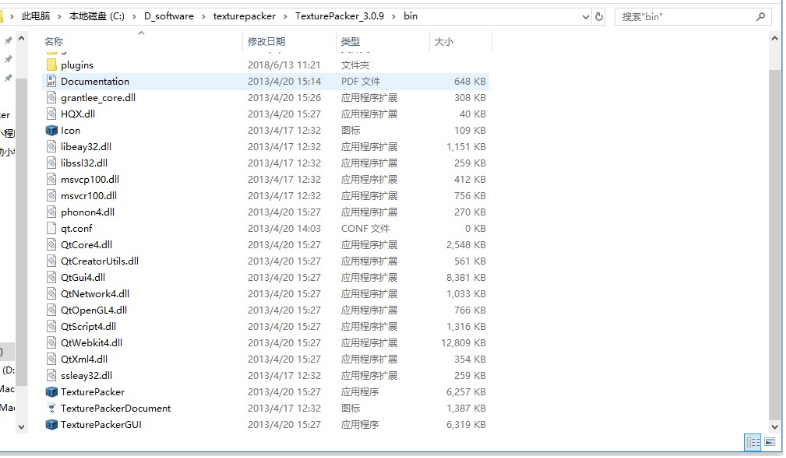
TEXTUREPACKER FAILED TO LOAD IMAGE MANUAL
It's impossible to get away from having to do at least some manual work on the data (in the most general case), but simple tools like the above can help you alleviate the majority of the repetitive grunt work inherent to the process. C#, for example, would make a good choice and you could probably write such a thing very easily if you didn't want to just use an existing tool, if you needed to build thing into a customized asset pipeline, or if you wanted to provide extra options or UI for interaction (for example, your tool could present the sheet with the grid overlayed and allow you to drag-select rectangular regions of the base tile size that constitute "larger" sprites, like the aforementioned trees, saving you the manual fix-up step).

You can write this tool in any language, although one with built-in support for all the appropriate operations (opening PNGs, annotating them, simple math primitives like rectangles) would be ideal.
In the case where you want to consider some sprites to be larger than the otherwise-mostly-regular ones (for example, the two larger trees in your example), you can manually adjust the output file to combine the bounds of the individual tiles into a larger tile, deleting the extra entries. This will help you more easily match up the placeholder name with the image and help you produce better names quicker. Write out a separate copy of the image where you've rendered a grid (in some easily visible color, like hot pink) over each tile and annotated each tile with the number used in the placeholder name. If so, that space can be considered empty and you can avoid generating the name or bounds information in the output. Perform a simple check on the contents of the sprite sheet in every rectangle to see if the rectangle is empty. You could aid yourself in this process by adding the following features to your program: No matter you're going to be naming the tiles yourself. You can then open the file up and alter the placeholder names to match what you actually see on the sprite sheet for that section. Write all that information to the output JSON file. Generate a placeholder name for each tile, such as tile00 through tile24 or whatever. Generate a set of tiled rectangles, starting with (0, 0, tileWidth, tileHeight), by dividing the width and height accordingly. Load the image file, get the width and height. You only need to give this program the image file name, the desired tile size, and the output file name. Since the sprites in the sheet are regular (that is, they're all the same size) you can pretty easily write a program that produce a set of rectangle data in JSON based on the size of the image. But tools-recommendation questions aren't appropriate here, so instead I'll describe a basic process you could use to do this yourself. but be nice to use an outside tool to try to get better results.Īndreas, lastly unity has a way to write editor scripts, could a script be created that could call the command line tool with the various options and spit it out in the proper asset folder for unity, i think this would be great for everyone.There are tools out there that can help you, such as Shoebox. but how does that effect the iOS as far as the memory footprint or memory bandwidth. 
We might have to go with RGBA16 bit to keep the icons looking good. we are sorta new to the whole iOS development so I'm always a bit concerned about memory usages on the device, and our game is UI heavy. and lastly with UI elements its always a bit tricky cause you can get banding quite drastically when using pvr 2 or 4 bit.

Once the analysis is complete, check to see if the error has been fixed. I guess my first question is can you create a great looking pvr that can be pulled into unity and used on the iOS. your selected image failed to load’ error, users recommend that you use the Deep Scan mode. pvr file into unity, it flips it upside down (this is a known bug) but I have a 512x512 texture atlas that says its RGBA 32bit 1.0MB. Hmm, I stumbled upon this thread when looking for a way to get better compressed PVR textures than what Unitys built in function does, its very limited but as some people point out in the thread its what apple uses to its guaranteed to work, but with that said I'm testing texturepacker for our UI elements and when I drag the created.







 0 kommentar(er)
0 kommentar(er)
